Distressing Techniques | Paint Finish

Enjoyed the project?

Comments
Join the conversation
-
 Angeliname55
on Jul 24, 2017
Angeliname55
on Jul 24, 2017
I have an old tin cabinet that I want to paint, with the distressed technique. how do I start. the paint on it is old and it has stains and like I said is metal the color is cream, I want to repaint it and make it look distressed but nice.. I will use it at our cabin.. please any steps to do this project, like what I need to remove the old thin coat of paint and what to use (paint specifically and other to make it distressed).. will be great i will take some before and after pics..
-
-
 Panic Mo
on Jun 04, 2020
Panic Mo
on Jun 04, 2020
If you don't mind damaging the item you're about to paint, like old wood or whatever, grab an old sock and fill it with screws and nuts. Then slam it against the wood to create imperfections!! I used to have a hard time because my material looked too consistent, unnatural. But this helped me get random scratches and scuffs!!
-



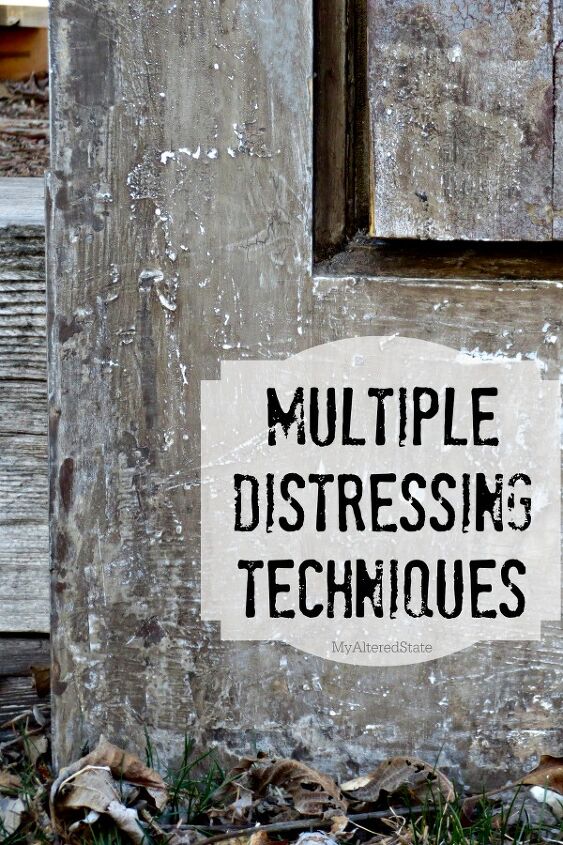
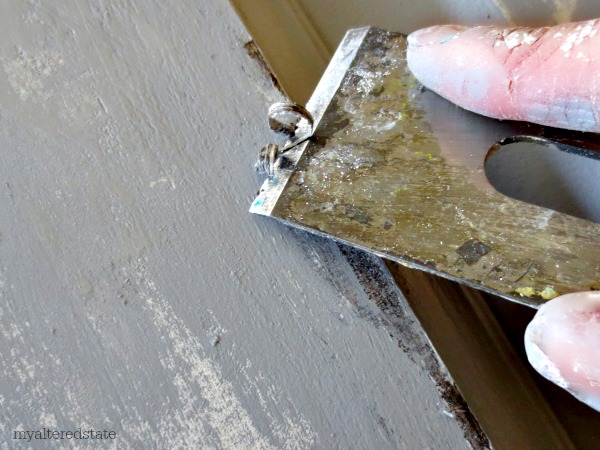
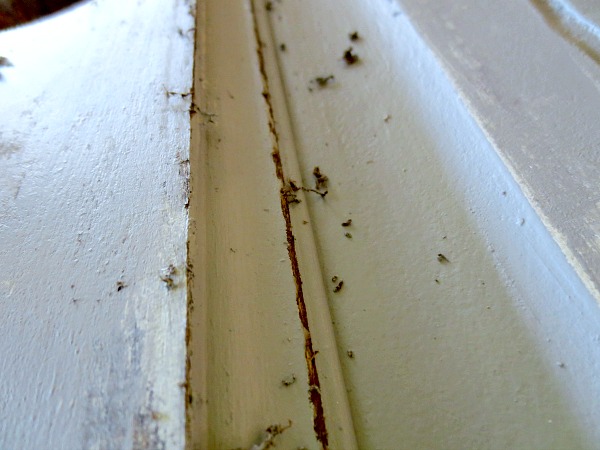

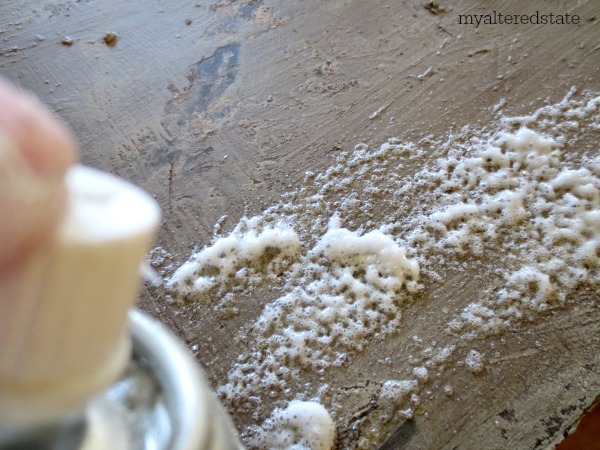
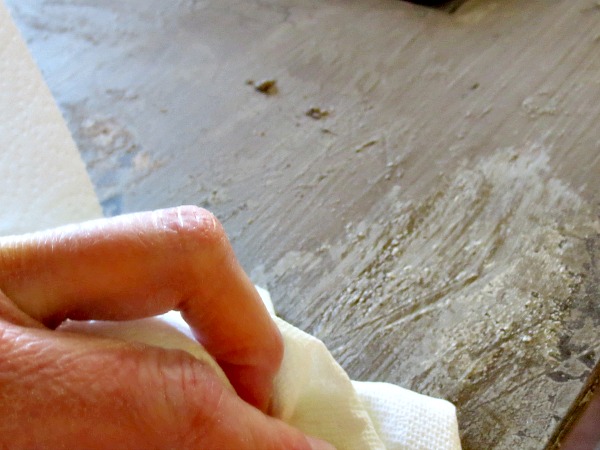

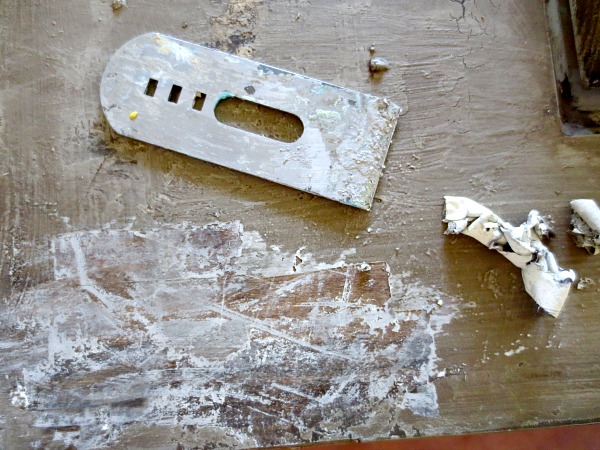
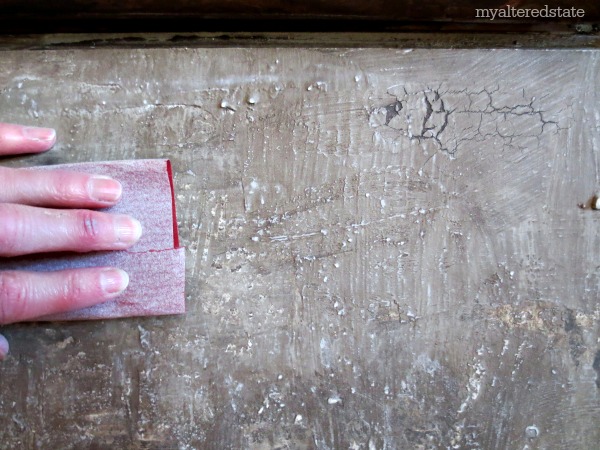

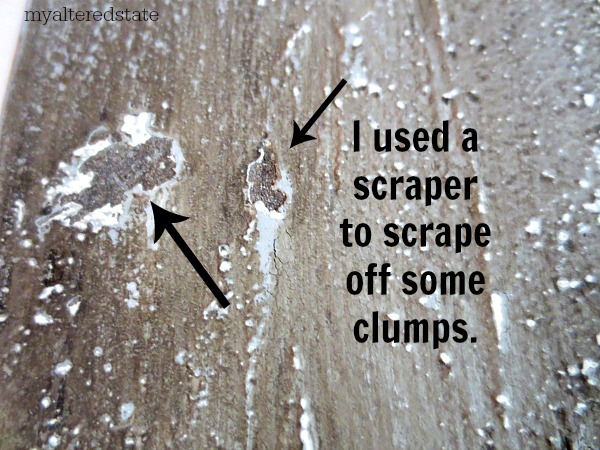
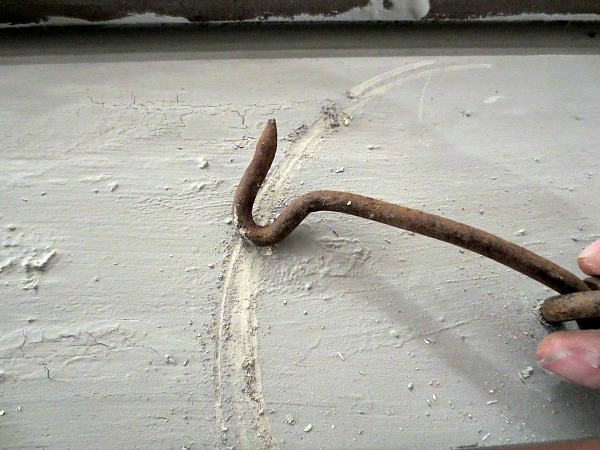
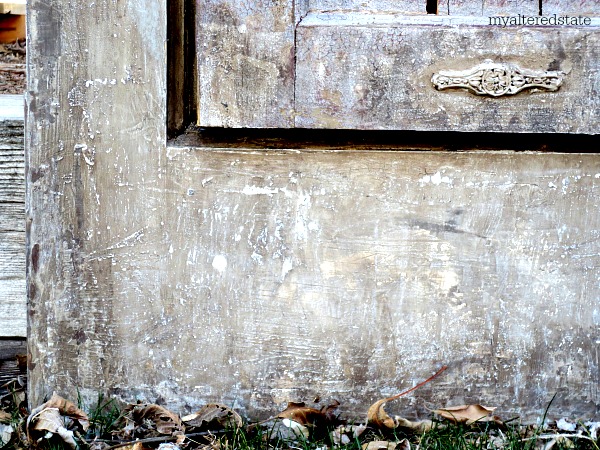

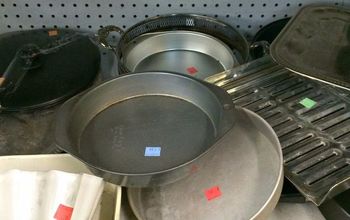



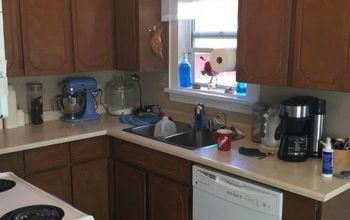
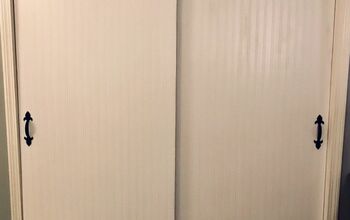
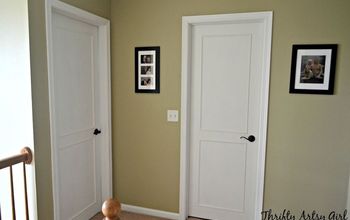
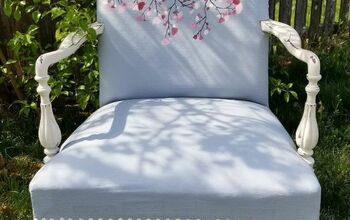

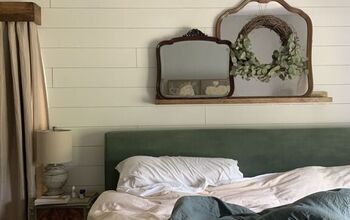
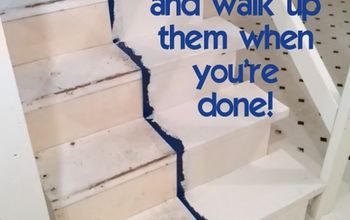











Frequently asked questions
Have a question about this project?